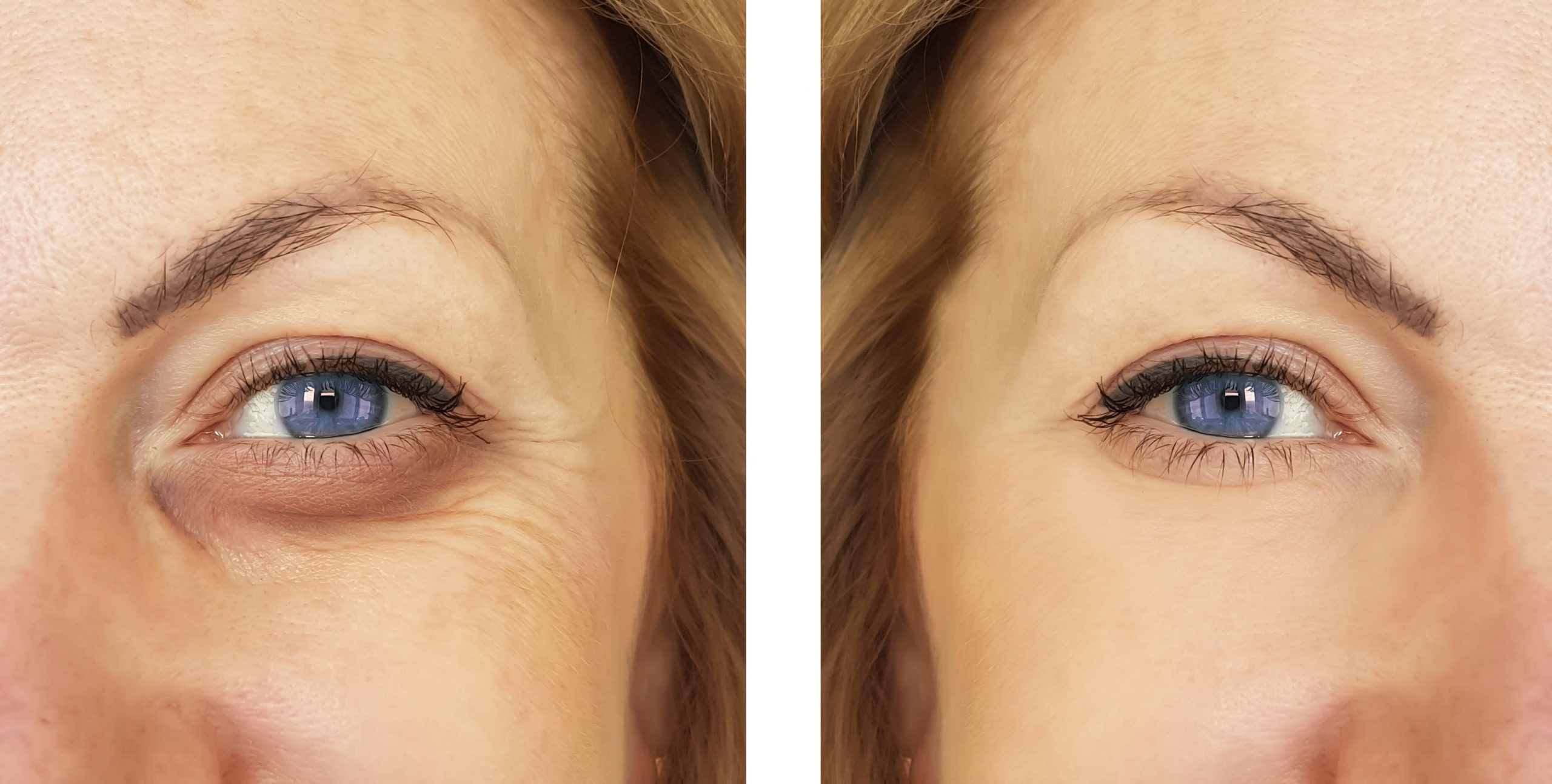
TanyaLovus/Getty Images
- Under-eye filler can help get rid of eye bags, dark circles, and fine lines around the eyes.
- The typical cost of under-eye filler is $1,000, but it could vary based on how much you need.
- But fillers aren't a permanent fix – you need to get them redone every 6-18 months.
- Visit Insider's Health Reference library for more advice.
Eyes are some of the first areas to show signs of aging, which is why some may want to opt for and under-eye filler.
Under-eye fillers are a cosmetic procedure designed to add volume to the area under the eye where it may be sagging or look hollow. And they're very popular.
According to the American Society of Plastic Surgeons, about 3.4 million procedures involving fillers were performed in 2020.
But are eye fillers right for you? Keep in mind that you don't need eye fillers to improve any aspect of your health – they're purely cosmetic for people who may feel self conscious about the appearance of their eyes.
Here's what you need to know about under eye filler, including the preparation and aftercare for the procedure.
What is under-eye filler?
Under-eye filler is a non-surgical procedure. The contents of the injected fluid most often contain a base of hyaluronic acid that's injected directly into the under-eye area, says Andrew Jacono, MD, FACS, board-certified facial plastic surgeon at J Spa Medical Day Spa.
Those who are thinking about getting under eye fillers should have realistic expectations and be aware that fillers are not a permanent fix. You will need to have follow-up procedures every 6-18 months if you want to maintain your new look.
Jacono says the typical cost of under-eye filler is $1,000, but the price may be higher or lower based on how many syringes of filler are used as well as your geographical location.
The under-eye filler procedure
The procedure is simple, including the prep time and recovery. Be sure that you've done your research beforehand. Jacono urges you to make sure the doctor you choose is well-credentialed and can share before and after photos with you that you like.
Before the procedure
Once your procedure is scheduled, the most important thing to do is to discontinue use of blood thinners. Jacono says this includes over-the-counter medications such as aspirin and ibuprofen as well as supplements like fish oil and Vitamin E.
It's crucial that you let your doctor know all of the medications and supplements that you take so they can let you know which medications to avoid before the procedure and for how long. It's also ideal to steer clear of alcohol the night before the procedure to minimize bruising, says Jacono.
During the procedure
Before the injections begin, you may be asked if you want to have numbing cream applied. If so, the doctor will wait until you are numb to start the procedure. Then, the doctor will inject small amounts of hyaluronic acid filler into the depressed area under each of your eyes, Jacono says. If you're getting your filler done by a skilled doctor, the procedure should be over within minutes.
After the procedure
Jacono says to allow 48 hours for recovery after under eye filter, since you may have mild bruising and swelling. Additionally, the American Society of Plastic Surgeons recommends avoiding intense physical activity for 24-48 hours after getting any type of filler. Other than that, you can resume normal activity right away.
Insider's takeaway
Although getting filler is not a surgery, it's still a procedure that comes along with risks. You'll likely only experience minimal bruising and swelling after the procedure, but you should be aware of other filler risks such as infection, bleeding, redness, and rash.
To minimize your risks and ensure that you receive the best care and optimal results, make sure you see a qualified, board-certified plastic surgeon or dermatologist who is experienced with under eye filler.